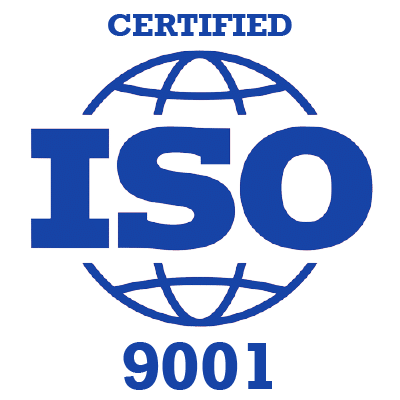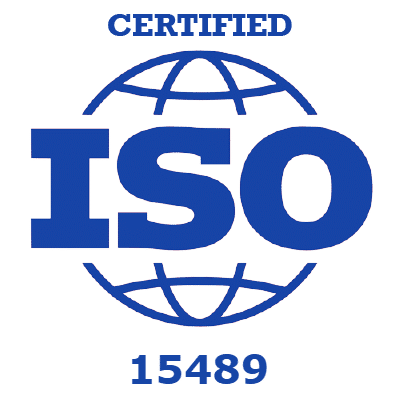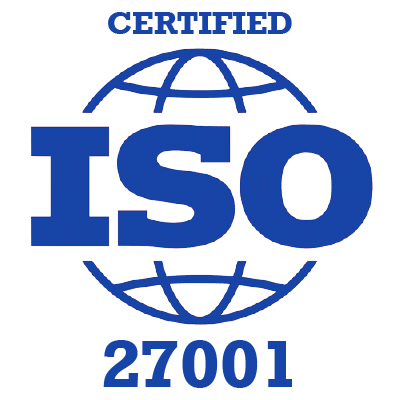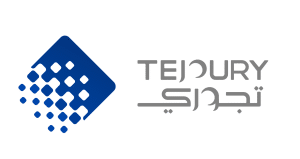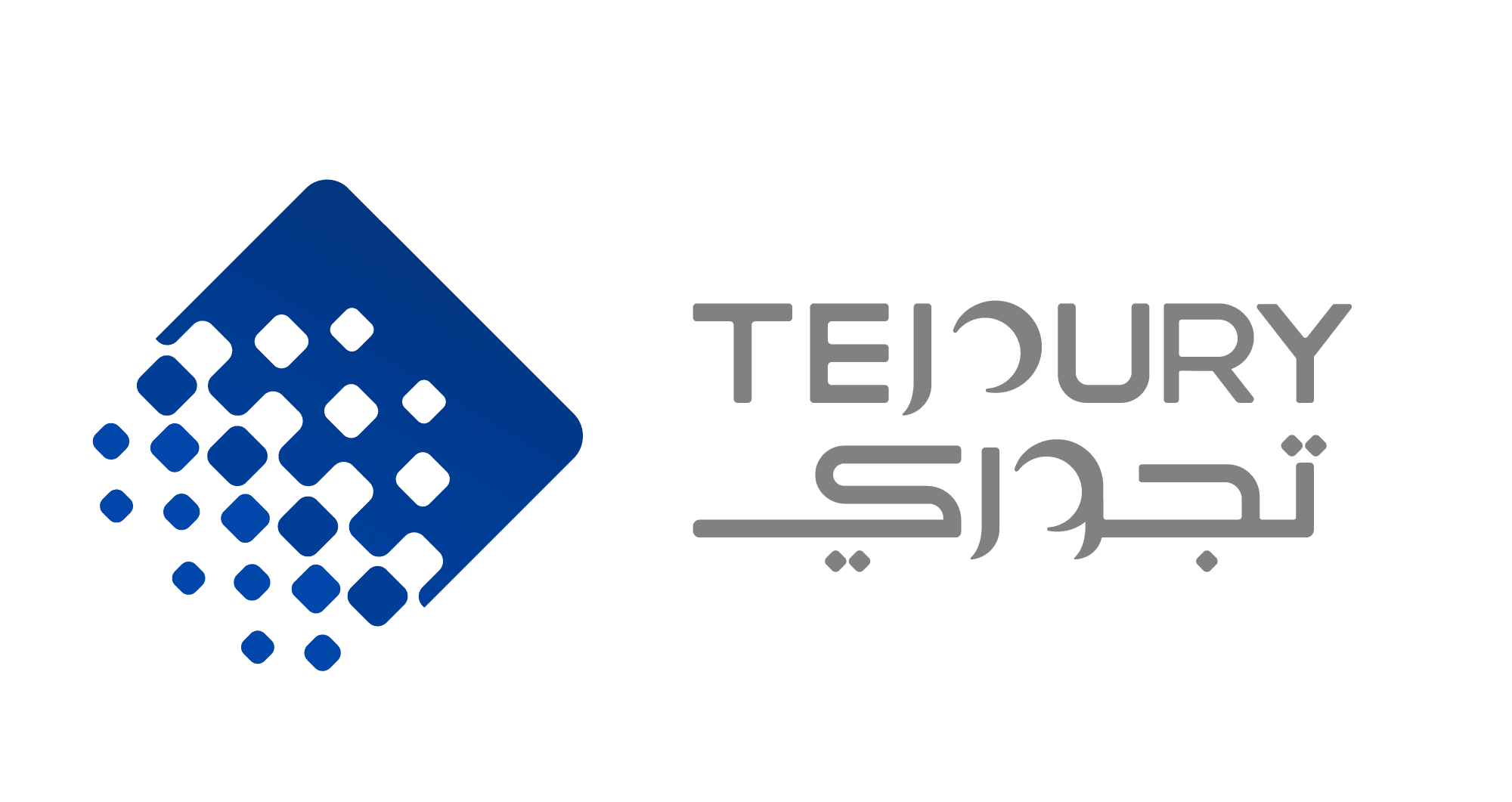Explore the Benefits of Using RFID in Fixed Asset Management
Radio Frequency Identification (RFID) is a technology that uses radio waves to read and capture data from a tag attached to an object. In recent years, RFID has become increasingly popular for fixed asset management, as it provides an efficient and accurate way to track assets and manage inventory. In this blog, we will explore the benefits of using RFID in fixed asset management and how it can help organizations streamline their operations.
What is Fixed Asset Management?
Fixed asset management is the process of tracking and managing an organization’s tangible and intangible assets, such as equipment, machinery, furniture, and vehicles. These assets are typically high-value items that have a long useful life and are critical to the organization’s operations. Effective fixed asset management involves tracking the location, condition, and usage of assets to ensure they are properly maintained, utilized, and accounted for.
The Challenges of Traditional Fixed Asset Management
Traditionally, fixed asset management has been a manual process that involves recording asset information on paper or in spreadsheets. This method is time-consuming and prone to errors, as it relies on human input and manual tracking. It can also be difficult to keep track of assets that are frequently moved or stored in multiple locations, leading to inefficiencies and inaccuracies in inventory management.
How RFID Improves Fixed Asset Management
RFID offers several benefits that can help organizations overcome the challenges of traditional fixed asset management. Here are some of the key advantages of using RFID in fixed asset management:
Improved Accuracy:
RFID tags can be read automatically and without line-of-sight, providing a more accurate and efficient way to track assets. This reduces the risk of human error and ensures that asset data is up-to-date and accurate.
Real-Time Visibility:
RFID provides real-time visibility into the location, condition, and usage of assets, allowing organizations to locate assets and track their movements quickly and easily.
Reduced Labor Costs:
RFID eliminates the need for manual data entry and tracking, freeing up staff to focus on other tasks. This reduces labor costs and improves productivity.
Improved Security:
RFID tags can be programmed with security features such as passwords or encryption, providing an added layer of security for high-value assets.
Enhanced Reporting:
RFID provides detailed data on asset usage, location, and condition, which can be used to generate reports and analytics to help organizations make informed decisions about asset management.
Improved Compliance:
RFID can help organizations comply with regulations and standards related to fixed asset management by providing accurate and auditable records of asset data.
Implementing RFID in Fixed Asset Management
To implement RFID in fixed asset management, organizations typically use RFID tags or labels that are attached to assets. These tags contain a unique identifier that is associated with the asset data in a centralized database. RFID readers are placed at strategic locations, such as entry/exit points or storage areas, to capture data from the tags as assets move through the organization.
Organizations can choose from a variety of RFID technologies, including passive or active tags, and can customize their RFID system to meet their specific needs. RFID systems can be integrated with existing asset management software, or organizations can use standalone RFID systems that provide their own asset management functionality.
RFID is a powerful technology that can transform fixed asset management, providing organizations with greater accuracy, efficiency, and visibility into their assets. By automating the tracking and management of assets, organizations can reduce costs, improve productivity, and ensure that assets are properly maintained and utilized. With the right RFID solution in place, organizations can streamline their operations and focus on their core business objectives.
Request Your Quote




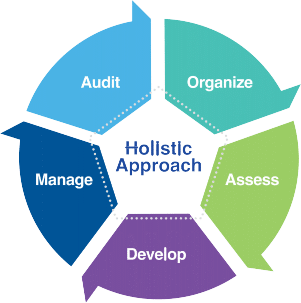
Our Certifications
